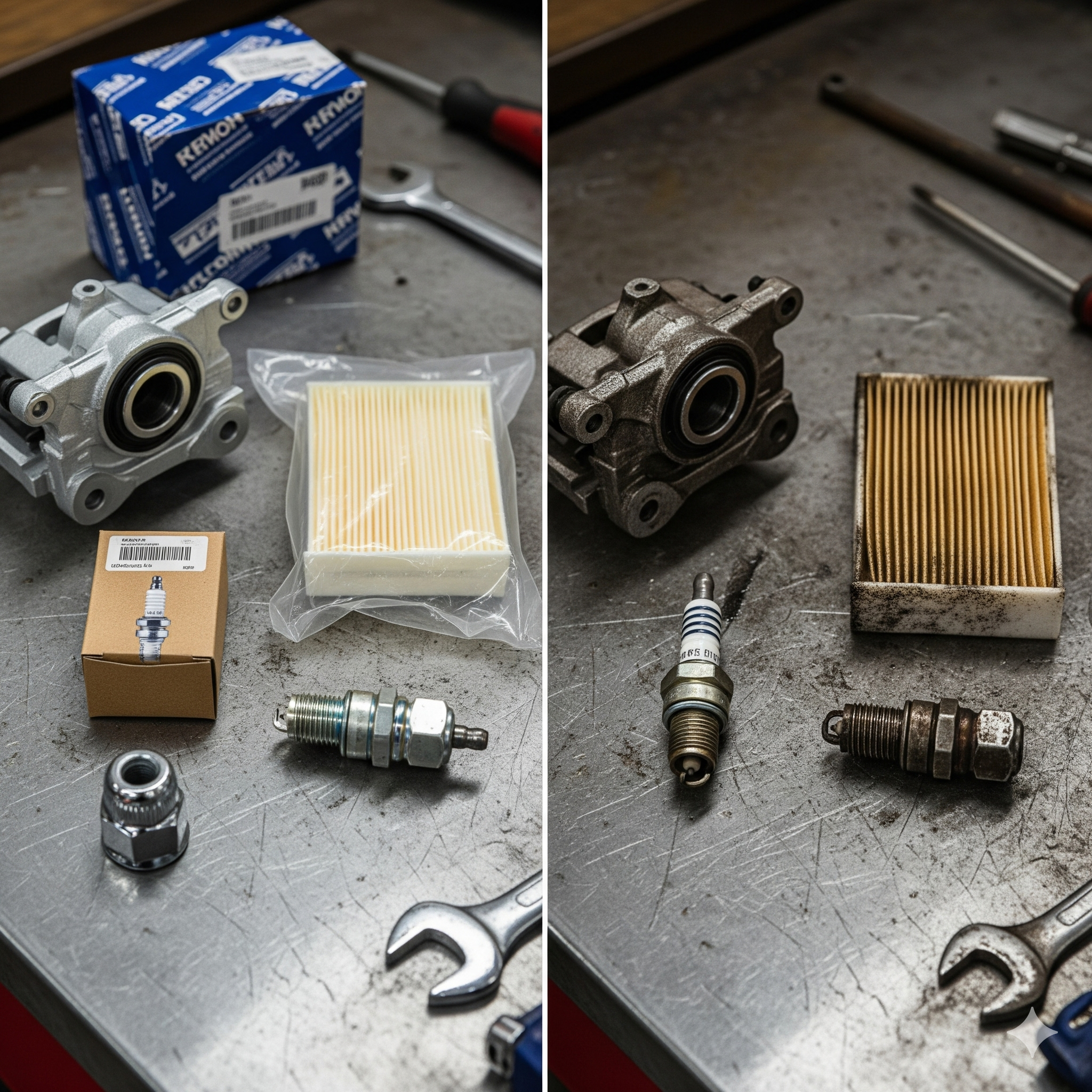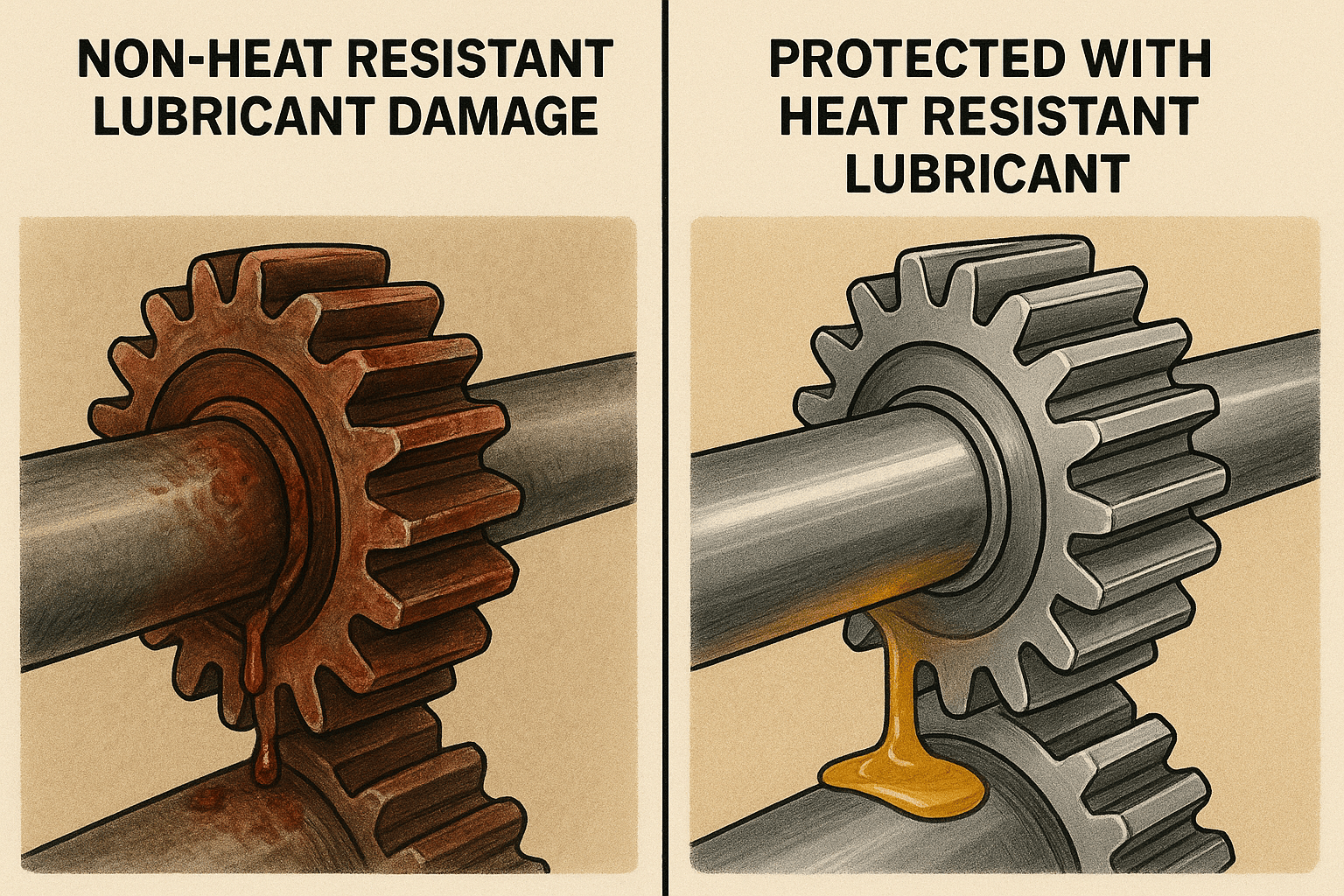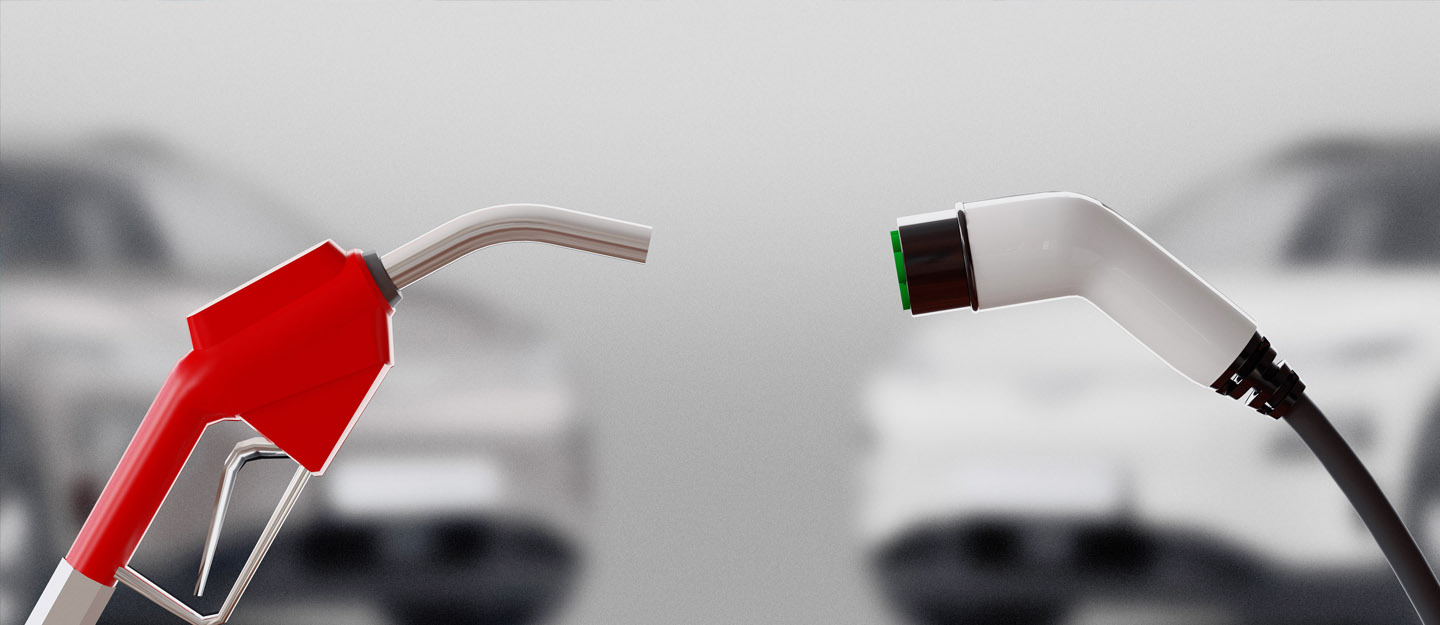Used vs. New Spare Parts: Which is Better and When to Choose Each
Navigating the used and new spare part markets
Post by: Sawiva | 2025-03-04 15:08:06

Introduction
When it comes to vehicle maintenance and repairs, one of the most common dilemmas is whether to opt for used or new spare parts. Both options have their pros and cons, and the right choice depends on factors like budget, vehicle age, part availability, and personal preferences. In this blog, we’ll explore the differences between used and new spare parts, their advantages and disadvantages, and when it makes sense to choose one over the other.
1. Understanding Used Spare Parts
Used spare parts are components that have been previously installed in another vehicle and are now being resold. These parts are often sourced from salvage yards, dismantled vehicles, or online marketplaces.
Advantages of Used Spare Parts:
-
Cost-Effective: Used parts are significantly cheaper than new ones, making them an attractive option for budget-conscious vehicle owners.
-
Eco-Friendly: Reusing parts reduces waste and minimizes the environmental impact of manufacturing new components.
-
Availability: For older or discontinued vehicle models, used parts may be the only option available.
Disadvantages of Used Spare Parts:
-
Uncertain Condition: Used parts may have wear and tear, and their lifespan can be unpredictable.
-
Limited Warranty: Most used parts come with little to no warranty, leaving you unprotected if the part fails.
-
Compatibility Issues: There’s a risk that the used part may not fit or function perfectly in your vehicle.
2. Understanding New Spare Parts
New spare parts are brand-new components manufactured by the original equipment manufacturer (OEM) or aftermarket companies. These parts are unused and come in their original packaging.
Advantages of New Spare Parts:
-
Reliability: New parts are free from wear and tear, ensuring optimal performance and longevity.
-
Warranty: Most new parts come with a warranty, providing peace of mind and protection against defects.
-
Compatibility: New parts are designed to meet the exact specifications of your vehicle, ensuring a perfect fit.
Disadvantages of New Spare Parts:
-
Higher Cost: New parts are more expensive than used ones, which can be a drawback for those on a tight budget.
-
Environmental Impact: Manufacturing new parts consumes resources and energy, contributing to environmental degradation.
-
Availability: For older or rare vehicles, new parts may be difficult to find or discontinued.
3. When to Choose Used Spare Parts
Used spare parts can be a great option in certain situations. Here’s when you should consider them:
a. Budget Constraints
If you’re working with a limited budget, used parts can help you save money without compromising too much on quality.
b. Older Vehicles
For classic or discontinued vehicles, used parts may be the only viable option, as new parts may no longer be available.
c. Non-Critical Components
For non-essential parts like interior trim, mirrors, or door handles, used parts can be a practical and cost-effective choice.
d. Temporary Fixes
If you need a quick fix and plan to replace the part with a new one later, used parts can serve as a temporary solution.
4. When to Choose New Spare Parts
New spare parts are often the better choice in the following scenarios:
a. Safety-Critical Components
For parts that affect vehicle safety, such as brakes, airbags, or suspension components, always opt for new parts to ensure reliability and performance.
b. Newer Vehicles
If your vehicle is relatively new, using new parts will help maintain its performance and resale value.
c. Warranty and Peace of Mind
If you want the assurance of a warranty and the confidence that comes with using a brand-new part, new components are the way to go.
d. Long-Term Ownership
If you plan to keep your vehicle for a long time, investing in new parts can save you money and hassle in the long run by reducing the need for frequent repairs.
5. Factors to Consider When Choosing Between Used and New Parts
When deciding between used and new spare parts, consider the following factors:
-
Vehicle Age and Model: Older vehicles may benefit more from used parts, while newer vehicles are better suited for new parts.
-
Part Criticality: Safety-critical parts should always be new, while non-essential parts can be used.
-
Budget: Determine how much you’re willing to spend and weigh the cost against the benefits.
-
Availability: Check whether the part you need is available in both used and new conditions.
-
Warranty: Consider the importance of having a warranty for the part you’re purchasing.
6. Tips for Buying Used Spare Parts
If you decide to go with used parts, follow these tips to ensure a good purchase:
-
Buy from Reputable Sources: Purchase from trusted sellers, salvage yards, or certified used part dealers.
-
Inspect the Part: If possible, inspect the part for signs of wear, damage, or corrosion.
-
Check Compatibility: Ensure the part is compatible with your vehicle’s make, model, and year.
-
Ask About Return Policies: Even if there’s no warranty, check if the seller offers a return or exchange policy.
7. Tips for Buying New Spare Parts
When buying new parts, keep these tips in mind:
-
Choose OEM or Reputable Aftermarket Brands: OEM parts are designed specifically for your vehicle, while reputable aftermarket brands offer quality alternatives.
-
Compare Prices: Shop around to find the best deal, but avoid compromising on quality for the sake of cost.
-
Verify Authenticity: Ensure the part is genuine and not a counterfeit, especially when buying online.
Conclusion
The choice between used and new spare parts ultimately depends on your specific needs, budget, and the type of repair you’re undertaking. Used parts offer a cost-effective and eco-friendly solution for older vehicles or non-critical repairs, while new parts provide reliability, warranty protection, and peace of mind for newer vehicles or safety-critical components.
By carefully considering the factors outlined in this blog, you can make an informed decision that ensures your vehicle remains in top condition without breaking the bank.


